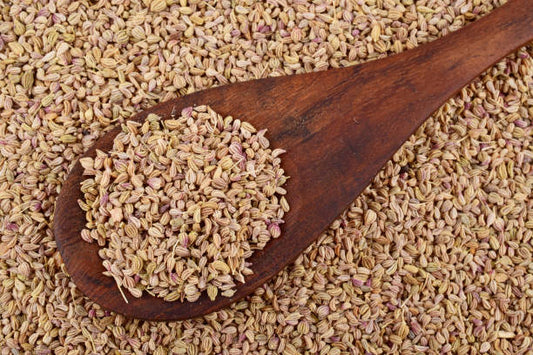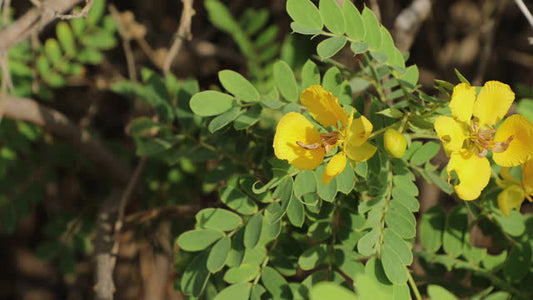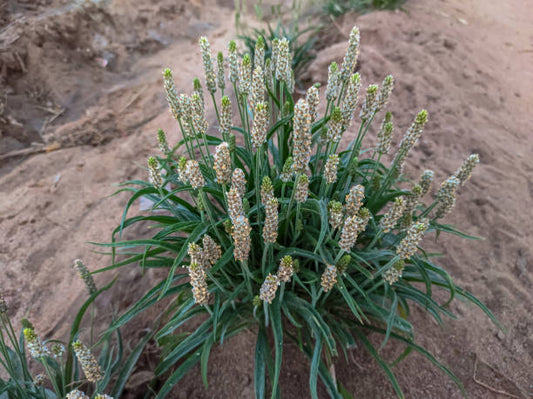Origins and History
Chaturbhadra, also known as Chaturbhadraka, finds its origins in the classical Ayurvedic texts like Charaka Samhita and Sushruta Samhita, which date back over 2,000 years. It is a polyherbal formulation, meaning it consists of a combination of various herbs, each chosen for its specific properties and synergistic effects.
Ingredients
The precise composition of Chaturbhadra can vary based on different Ayurvedic formulations, but it typically includes four key ingredients:
- Shunthi (Zingiber officinale): Shunthi, or dried ginger, is renowned for its anti-inflammatory and digestive properties. It aids in alleviating gastrointestinal discomfort and is known to improve metabolism.
- Maricha (Piper nigrum): Commonly known as black pepper, Maricha is a potent digestive stimulant that also possesses antimicrobial and antioxidant properties.
- Pippali (Piper longum): Pippali, or long pepper, is known for its therapeutic benefits, including enhancing digestion, promoting respiratory health, and supporting weight management.
- Haritaki (Terminalia chebula): Haritaki, a fruit with remarkable medicinal properties, is revered in Ayurveda for its cleansing and rejuvenating effects on the body.
Usage and Benefits
Chaturbhadra is primarily used in Ayurveda to address a variety of health concerns. Let's explore its potential benefits:
- Digestive Health: The combination of ginger, black pepper, and long pepper in Chaturbhadra makes it an excellent remedy for digestive issues. It stimulates digestion, reduces bloating, and helps relieve symptoms like indigestion and flatulence.
- Respiratory Health: Chaturbhadra is often used to manage respiratory problems such as cough, cold, and asthma due to its bronchodilator and anti-inflammatory properties.
- Joint Health: This formulation is known to alleviate joint pain and inflammation, making it beneficial for conditions like arthritis.
- Weight Management: Chaturbhadra's ability to enhance metabolism and aid digestion can contribute to healthy weight management.
- Anti-inflammatory Effects: The herbs in Chaturbhadra possess potent anti-inflammatory properties, which can benefit individuals dealing with inflammatory conditions.
- Stress Relief: Some formulations of Chaturbhadra include ingredients that help in reducing stress and anxiety, promoting mental well-being.
Potential Side Effects:
While generally safe under Ayurvedic guidance, it's essential to be aware of potential side effects:
1. Digestive Disturbances: Excessive use may lead to digestive discomfort, including acid reflux or gastritis.2. Allergic Reactions: Some individuals may be allergic, manifesting as skin rashes, itching, or swelling.
3. Drug Interactions: Potential interactions with certain medications necessitate consultation with a healthcare professional.
Conclusion
Chaturbhadra, with its rich history and multifaceted benefits, stands as a testament to the wisdom of Ayurveda. While it offers a natural and holistic approach to various health concerns, it's essential to approach its usage with caution and under the guidance of an Ayurvedic practitioner. With its potential to enhance digestive health, alleviate respiratory issues, and promote overall well-being, Chaturbhadra continues to be a valuable gem in the treasure trove of Ayurvedic remedies.











